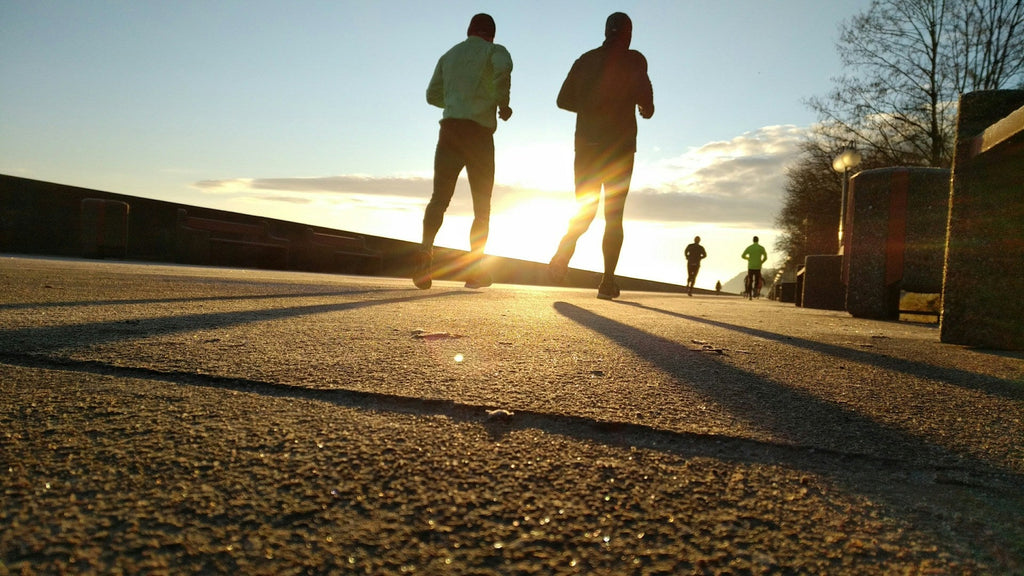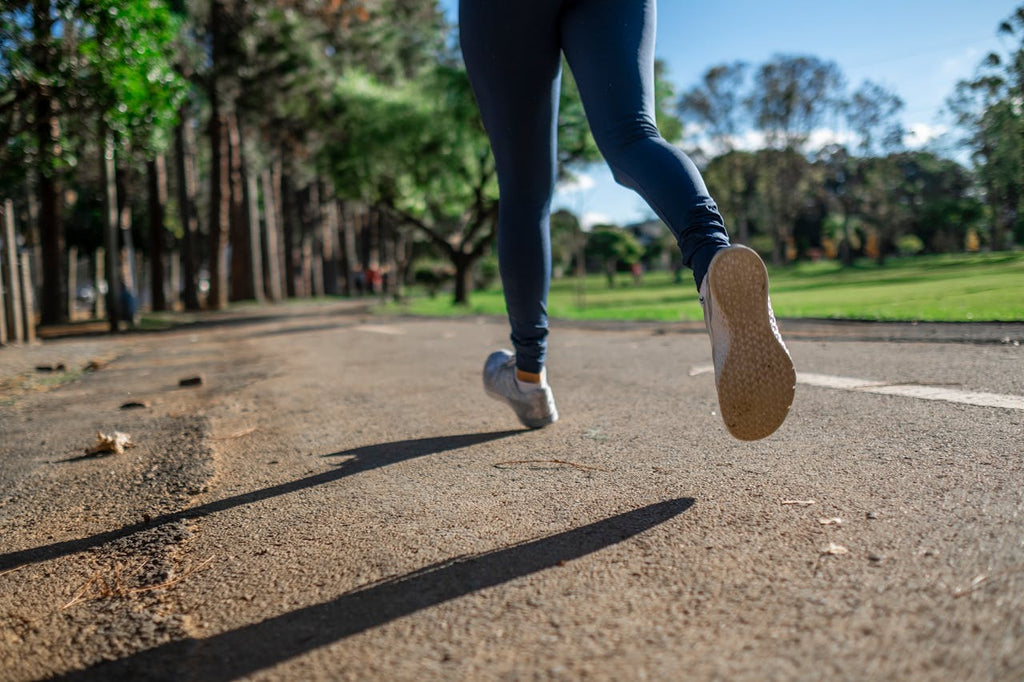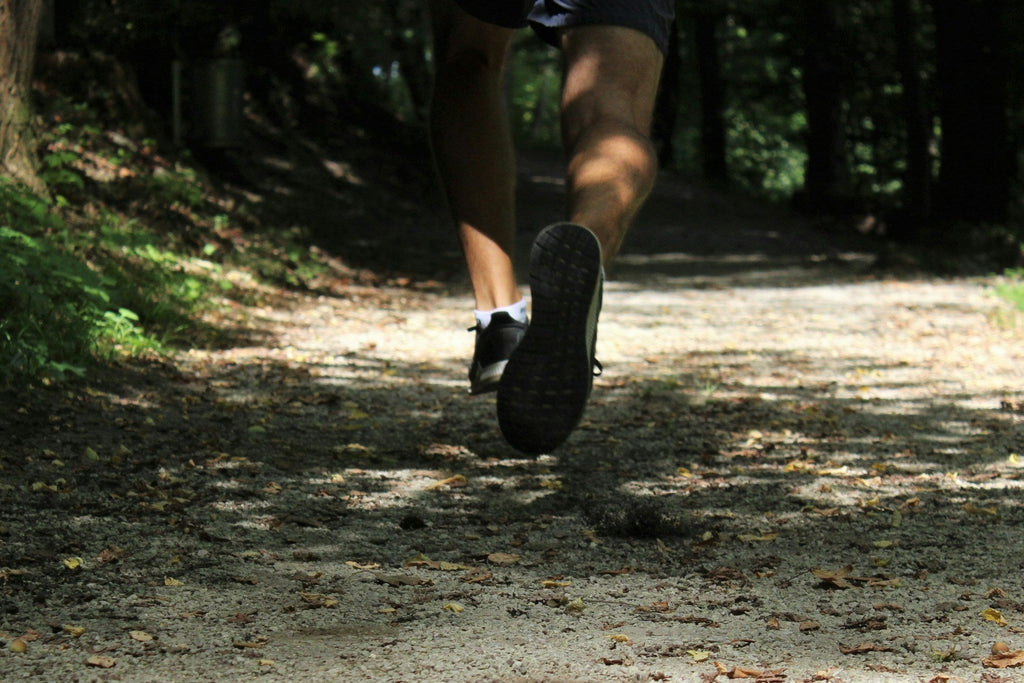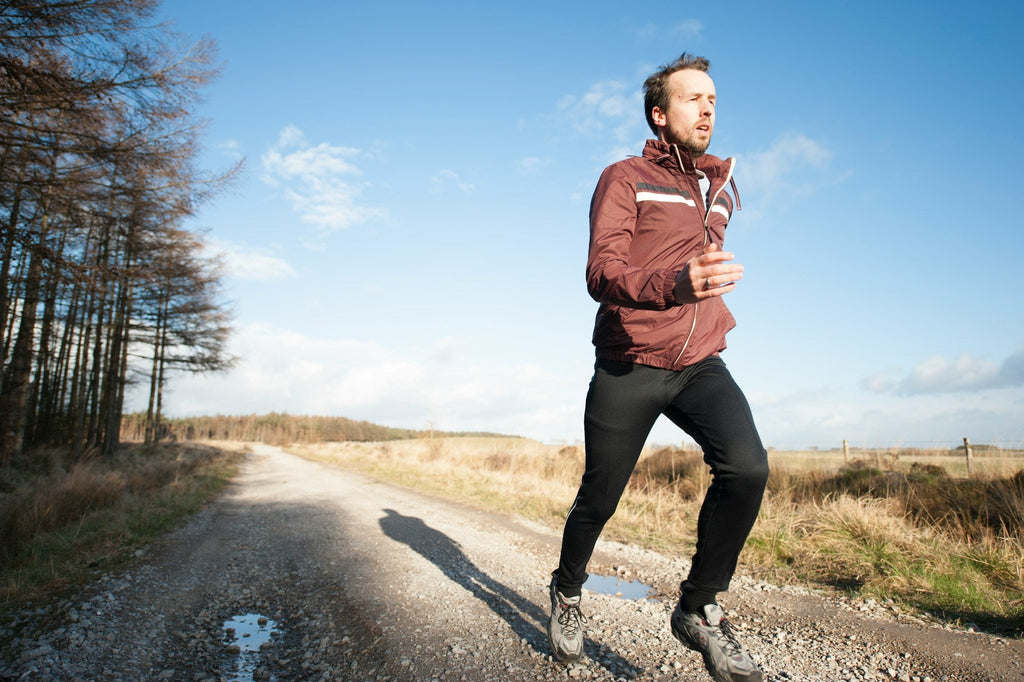Sole Mate Latest News

How to Keep Running Fun and Interesting
Running is a fantastic way to keep fit and enjoy the great outdoors. However, like any routine, it can sometimes feel a bit repetitive.

Running Alone vs Running in a Group
Running is a versatile activity that can be enjoyed in solitude or shared with others.

Running Every Day: Pros and Cons
Running every day can be a rewarding journey, giving you both the mental and physical boost that many seek in their fitness routines.

Common Misconceptions About Running
Running is one of the simplest forms of exercise, yet it's surrounded by many misconceptions.

Managing Runner's Knee: Tips and Recovery Guide
Discover how to handle runner's knee with prevention tips, effective treatments, and advice on adapting your running routine for recovery.

Efficient Running: Save Energy with These Tips
Learn how to run efficiently and save energy with proper form, smart breathing, pacing strategies, and key exercises for strength and flexibility.

The Role of Hydration in Running Performance
Discover the impact of hydration on running, determine your needs, and learn how to stay well hydrated whenever you go out for a run.

How to Transition from Walking to Running
Learn how to transition from walking to running with tips on preparation, walk-run strategies, endurance building, and staying motivated.

Overcoming Common Running Challenges
Tackle common running challenges with tips on motivation, injury prevention, weather adaptation, and balancing a busy schedule.

How to Set Running Goals You Can Achieve
Learn how to set running goals you can achieve, from assessing your starting point to creating personalised plans and staying motivated.

The Best Running Trails in South Wales
Discover the best running trails in South Wales, from coastal paths and mountain routes to family-friendly and nature trails.

Tips for Running with Plantar Fasciitis
Dealing with plantar fasciitis can be a runner's nightmare, bringing pain and discomfort with each step.

